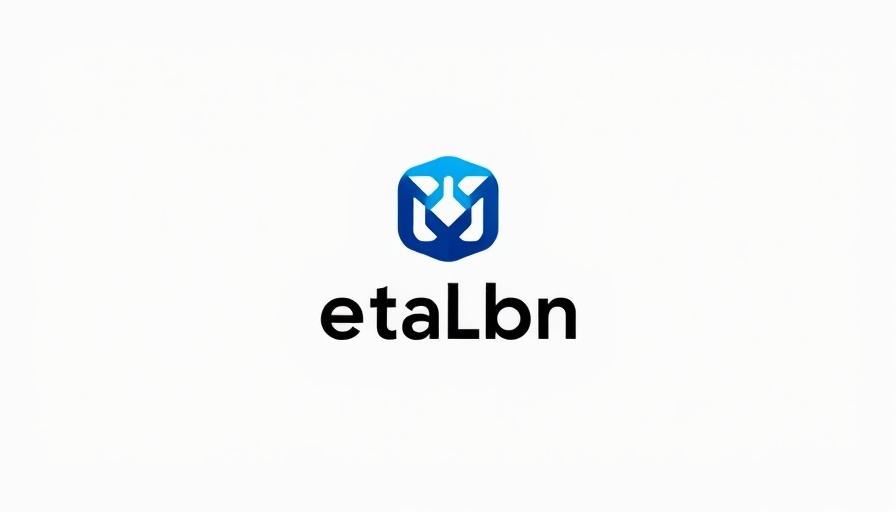
Understanding Average Engagement Rates in 2025
For business owners navigating the digital landscape, understanding average engagement rates across industries is crucial for devising effective strategies. In January 2025, notable trends emerged across social media platforms, revealing not only how different industries performed but also how businesses can optimize their approaches. The report analyzed over 4 million posts and billions of interactions, offering a clear glimpse into the engagement landscape.
Pressures on Engagement Rates: The Story So Far
Across the board, engagement rates have seen a decline. Facebook postings dipped by 36%, Instagram by 16%, while TikTok engagement rates fell by 34%. Interestingly, Twitter (rebranded as X) suffered the steepest decline at 48%. The turbulence in engagement signals a critical juncture for business owners: understanding audience behavior shifts is essential. As engagement wanes, adapting content strategies becomes imperative.
Industry-Specific Insights: Where Do You Stand?
According to the 2025 social media benchmark report, different industries face distinct challenges and opportunities. Here’s a snapshot of key industries:
- Higher Education: Colleges and universities have seen an average engagement boost, particularly on platforms like Instagram and TikTok. Their innovative use of campus-focused hashtags like #movinginday enhances audience connection.
- Retail: Despite an increase in posting frequency, engagement on Instagram fell over 50%. This challenge prompts retail brands to reassess their content strategies.
- Financial Services: This industry managed to double its engagement rates on Twitter, showcasing the effectiveness of educational content that resonates with users.
- Health and Beauty: Unfortunately, brands in this sector have struggled, facing the lowest engagement rates across all platforms, partially due to an overcrowded market.
Leveraging Engagement Benchmarks for Strategy Development
For business owners, social media benchmarks are more than just numbers—they provide actionable insights. Businesses need to interpret these benchmarks critically, understanding their implications on branding and messaging strategies. For instance, while Higher Education institutions may embrace campus life content, other sectors must engage their audience through distinct narratives.
Best Practices for Enhancing Engagement
Understanding the underlying factors that drive engagement is key. Here are some methods to boost your engagement rates based on the prevailing data:
- Visual Content Is King: Across industries, posts that include compelling images or videos consistently outperform text-heavy ones.
- Experiment with Formats: Utilize carousels and interactive content on platforms like Instagram and Facebook, as these formats tend to yield higher engagement.
- Timeliness Matters: Align your posting schedule with seasonal trends and events. For example, leveraging holiday themes can significantly enhance audience interaction.
- Learn from Your Analytics: Take a data-driven approach by examining which types of posts garnered the most interaction and replicating their success.
The Path Forward: Predictions for 2025 and Beyond
As social media continually evolves, the challenges of maintaining engagement are likely to persist. Predictions suggest that more sophisticated ad formats and personalized interactions will emerge as influencers on audience engagement. Businesses are encouraged to remain flexible, tapping into emerging platforms and trends to craft unique narratives that resonate with their audiences.
Future-Proof Your Social Strategy
By understanding and optimizing engagement metrics, business owners can drive meaningful connections with their audience. Stay updated with the latest trends and metrics, and adapt strategies accordingly. This approach ensures not only relevance in a crowded digital space but also fosters long-term brand loyalty.
Conclusion: Take the Next Step
With such stark shifts in engagement trends, it’s more critical than ever for businesses to invest in understanding their audience. Consider conducting an internal audit of your social media strategies or collaborating with external experts to refine your approach. Remember, the right strategy today can pave the way for tomorrow's growth.
 Add Row
Add Row  Add
Add 




Write A Comment